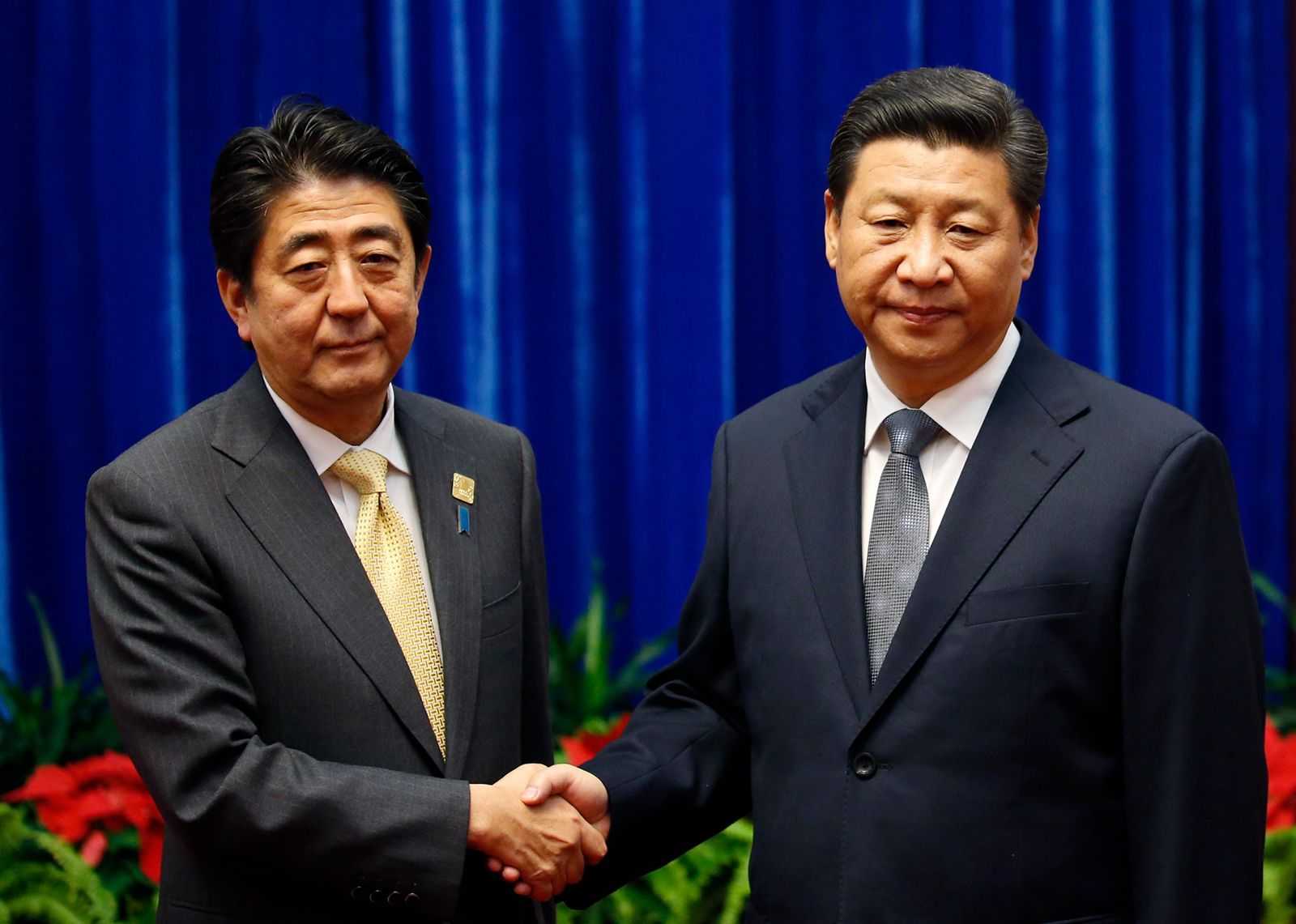China’s Strategic Influence: Navigating the U.S. Framework
As the United States heightens its defenses against the threats posed by the Chinese Communist Party (CCP), Beijing has skillfully maneuvered within a critical aspect of American governance—the separation of powers between state and federal authorities. While federal initiatives have sought to counter potential security risks from China, such as limiting Chinese investments in U.S. farmland due to espionage concerns, the federal approach has not sufficiently addressed what may be Beijing’s most formidable weapon: localized influence.
Understanding China’s Extensive Influence Strategy
A comprehensive report titled “The Near Enemy: China’s Subnational Reach Into the United States” published recently by the Foundation for Defense of Democracies (FDD) sheds light on how China prioritizes localized relationships within the U.S. These strategies are fundamental to expanding its influence across various sectors, emphasizing that “Chinese subnational influence in the United States today grossly outweighs the capacity enjoyed by any other external power.”
“It also dwarfs the leverage cultivated by the Soviet Union during the Cold War.” – FDD Report
One of the key findings of the report is that Beijing bypasses federal oversight by focusing on state and local governments. This approach often involves investments, private contracts, and initiatives designed to stimulate local economies—strategies that resonate with state leaders who prioritize economic growth over national security. The report cites a 2019 article from the Chinese state-owned news agency Xinhua, which revealed that U.S. local governments were eager to collaborate with China, even amidst escalating trade tensions during the Trump administration. This eagerness continues to be evident today across party lines.
Leveraging Federalism: A Double-Edged Sword
The structure of the U.S. federal system presents unique opportunities for China to exert influence. Herein lies a misalignment; while the federal government manages national security and foreign policy, state and local entities tend to focus on economic growth and public service. This misalignment allows China to exploit economic incentives, mitigating federal security mechanisms intentionally designed to counter such foreign influence.
According to the FDD report, “State and local governments are generally more pragmatic, focusing on employment and economic development.” This pragmatism creates a pathway for Beijing to increase its sway through economic means, skirting potential restrictions at the federal level.
Bipartisan Relationships: A Cause for Concern
The ties forming between China and state and local leaders are troubling, with bipartisan support for engagement with Beijing posing risks to U.S. interests. Notably, California’s Democratic Governor Gavin Newsom visited China last year and even met President Xi Jinping to discuss economic collaboration and cultural exchange. On the other side of the aisle, Arkansas Republican Governor Asa Hutchinson previously emphasized the importance of these subnational partnerships during a National Governors Association event amid tensions during the trade war.
“Obviously, our federal government runs our foreign policy and our trade policy. But the more we can build relationships at the state level, the more successful we will be at the national level.” – Asa Hutchinson
However, the FDD argues that these strategic relationships allow China to manipulate local influences on broader aspects like trade, technology, education, and media. The report underscores the urgency for heightened coordination among U.S. policymakers in response to these changing dynamics fostered by Beijing.
A Call for Coordinated Policy Response
The report makes clear that American policy responses to the Chinese influence efforts lack coherence. It states, “Defending against China’s subnational influence efforts requires a more integrated approach to address the complex challenges posed by Beijing’s cultivation of state, local, and commercial avenues in the United States.”
As noted by Nathan Picarsic, a senior fellow at FDD and co-author of the report, the CCP is adept at identifying vulnerabilities within U.S. defense mechanisms. This behavior allows state and local actors to become valuable targets for influence efforts, generating investments and collaborations that shape favorable narratives for Beijing.
“The CCP’s goal is to establish a united front that extends its influence across borders.” – Nathan Picarsic
Picarsic further emphasizes that to effectively counter the CCP’s growing global ambitions, the U.S. must first address the CCP’s influence operations within its borders. “If the United States is to respond effectively to the CCP’s growing global power—in areas such as capital, technology, and military might—we must first confront the CCP’s presence on U.S. soil,” he remarked.
The Path Forward: Bridging the Gap
This recent report echoes a broader call for enhanced U.S. measures to protect against foreign interference, stressing the necessity of a unified approach to counteract China’s subnational influence. As foreign engagement dynamics evolve, safeguarding American interests remains paramount.
Fox News Digital has reached out to both Governor Gavin Newsom and former Governor Asa Hutchinson for their perspectives on the report’s findings but has not yet received responses.
As the U.S. navigates this ongoing challenge, the imperative to bridge the gap between local engagement and national security cannot be overstated. As lawmakers and officials ponder the intricate layers of these relations, the impact of localized influence may well shape the future of U.S.-China relations for years to come.
